
- Land Rover Series
- Brand
- Engine Size
- Finish
- Manufacturer
- Bmw (compatible) (3)
- Borg & Beck (4)
- Bosch (4)
- Coveryourcar (2)
- Eibach (2)
- Febi Bilstein (9)
- Flo-flex (2)
- For Land Rover (6)
- Land Rover (1989)
- Land Rover 1969 (2)
- Land Rover Various (2)
- Landrover (7)
- Mahle (3)
- Markenlos (4)
- Meyle (2)
- Napa (2)
- Rover (10)
- Steve Parkers Ltd (2)
- The Rover (3)
- Turtle Covers (2)
- ... (4995)
- Model
- Power
Land rover series 1 landrover one 86 ex raf classic v8 NO RESERVE
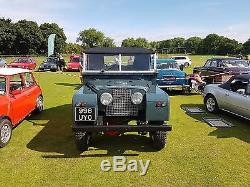
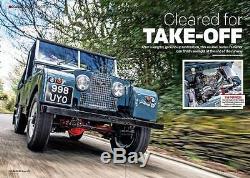
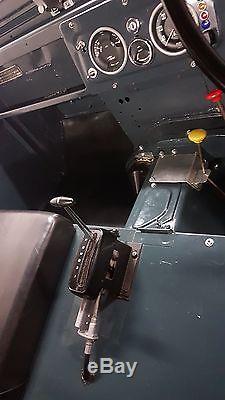
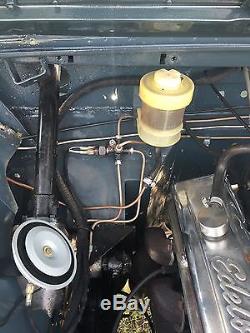
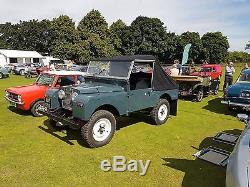
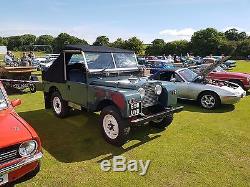

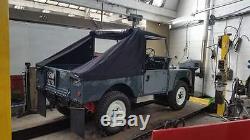
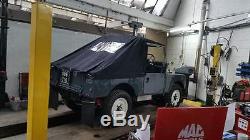
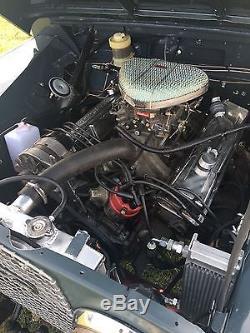
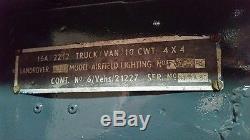
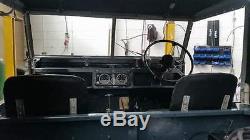


The Land Rover was conceived by the. In 1947 during the aftermath of. Before the war Rover had produced luxury cars which were not in demand in the immediate post-war period and raw materials were strictly rationed to those companies building construction or industrial equipment, or products that could be widely exported to earn crucial. Also, Rover's original factory in. Had been bombed during the war, forcing the company to move into a huge "shadow factory" built just before the war in.
This factory was now empty but starting car production there from scratch would not be financially viable. Plans for a small, economical car known as the M Type were drawn up, and a few prototypes made, but would be too expensive to produce.Rover's chief designer came up with a plan to produce a light agricultural and utility vehicle, of a similar concept to the Willys Jeep. Used in the war, but with an emphasis on agricultural use. He was possibly inspired by the Standard Motor Company. Who faced similar problems and were producing the highly successful Ferguson TE20.
In their shadow factory in Coventry. More likely, he used his own experience of using an army-surplus Jeep on his farm in Anglesey. When former squaddie Sean decided to restore a Series Land Rover you wouldnt be surprised to hear that he chose an ex-military vehicle as his project. An RAF 16A TRUCK/VAN 10CWT 4X4 LANDROVER 1956 MODEL AIRFIELD LIGHTING unit, according to its bulkhead badge, or to you and me a 1956 86-inch Series One. He bought the vehicle from a collector near Milton Keynes as a work in progress project in quite a sorry state having not been on the road since 1988.
There was very little information about its post-military history, so Sean did a bit of detective work. He discovered that the first post-RAF owner was a Mr Ron Hignal, who had passed away. When it arrived home on the back of a recovery truck Sean began to get a feel for the amount of work he had taken on. The engine was loosely fitted in place, but with no plumbing or wiring. The engine mounts were unsuitable so it would all have to come out again. This led to the decision to completely strip it down and start from scratch as a chassis up rebuild. However, he did like Colins vision, and as he had most of the parts to complete it decided to soldier on with his design - all to be done in his tiny garage at home. It has to be said that Sean is not a restorer from the pure faith. He did not want the motor to look or sound like it had just come out of the factory, preferring it to retain as much of its 60-year history as possible. He wanted a road vehicle that was fun to drive and a head-turner, the V8 engine was a good starting point for that ambition. The chassis had clearly been patched; which would have led many restorers to look at replacing it while the vehicle was in bits. Sean believed that the welding was most likely the work of the late Mr.Hignal and did not have the heart to remove his connection with the vehicle so retained it. Whether this will turn out to be a good financial decision if he decides to sell it remains to be seen. After the strip down it was time for some sandblasting, for which he recruited a local company to complete the work on his drive.
Unfortunately the contactor did not warn him how much mess was involved in the process. His road turned into a desert, leaving some of his neighbours a tad unhappy, with complaints to the local council leading to Sean receiving an Anti-Social Behaviour Order.
So now the Series had a name, Asbo. Seans advice is a bit clichéd, literally, dont do this at home. It was claimed that the engine had received a full RPI rebuild in 1988, the company could not verify this but when Sean stripped it down he was pleased to discover it had 3.9 heads which would fit in with RPIs specifications.The engine also came with quite a lot of American bling and technology including; Elderbrock 500 carbs and stainless steel rocker covers, a Mallory Unilite distributor and coil pack. The electrics being connected together via a custom wiring loom from local firm, AVS Auto Electrical. The transmission was the one component he did not strip down, due to the visible as-new seals and gaskets revealing that it had been refurbished with little use afterwards.
This would connect to a standard Series transfer box and would be installed with a gear selector from a P5 Rover. Sean decided to improve the driveability by lowering the diff ratios from the standard Series Three 4.7:1 to a pair of 3.54:1 from a Discovery 1. How comfortable those heavy springs would be remained to be seen. The bodywork was mostly in good order but the toughest restoration job was the extremely corroded bulkhead, which took hours of patching to achieve a satisfactory standard, the panels were then resprayed in the original RAF BS633 Blue-Grey colour. Final assembly required a few custom fabrications from more local firms, apparently you can get anything built in Huddersfield, including; a coolant expansion tank from MYL, a stainless steel exhaust from RNR Autosport, and a stainless steel fuel tank. Lack of space dictated a remote brake servo shoe-horned in on the passenger side. All the other bits and bobs were, yep you guessed it, sourced locally at Huddersfield Land Rover Centre. As ever with any project there is always one daft part you struggle to find, in Asbos case it was the handles for the bulkhead vents.First appearances are that Asbo is a very pretty, fairly stock, 86-inch, if you ignore some of the more modern fixings. But then when you open the bonnet to reveal the very shiny engine you are reminded of an American Hot Rod. I took it for a drive around local landmark, Castle Hill. My first thought was what a lovely burble the V8 made through the stainless exhaust, just the right volume to be pleasing but not offensive, no Asbo there.
As you would expect with an RPI V8, acceleration is rapid, the Borg-Warner gearbox was very smooth and steering pretty effortless. This is the article from landrover international magazine Aug 2016 edition, describes the vehicle better than me. Now for the boring parts, viewing can be made at any time with prior notice. Any other Questions please give me a ring or txt on 07508483611. PLEASE PLEASE NO MORE MESSERS! The item "Land rover series 1 landrover one 86 ex raf classic v8 NO RESERVE" is in sale since Thursday, August 25, 2016. This item is in the category "Cars, Motorcycles & Vehicles\Classic Cars\Land Rover". The seller is "shelbykaydiekaiya" and is located in Huddersfield. This item can be shipped to United Kingdom, to United States, to Australia.- Year: 1956
- Manufacturer: Land Rover
- Model: series 1
- Type: Four Wheel Drive
- Doors: 3
- Colour: Grey
- Engine Size: 3500
- Transmission: Automatic
- Fuel: Petrol
- Seats: 2

